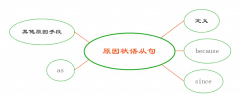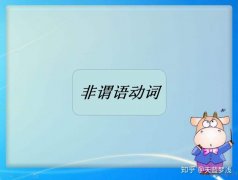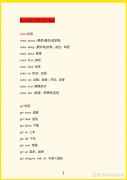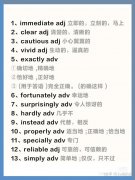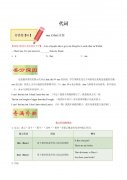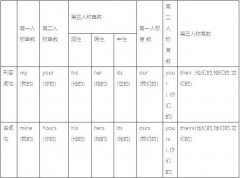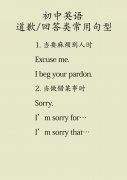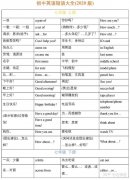in和on在表示时间的区别
on通常用于表示具体的日期或时间点,用在日期、星期前。in通常用于表示一个时间段或一个范围内的时间。比如说“in the morning”、“in the summer”、“in the 21st century”等等。
on和in在时间的用法1、表示在较长的时间里(如周/月份/季节/年份/世纪等)。如:in a week; in May; in spring/summer/autumn/winter; in 2008; in the 1990’s等。 表示在上午、下午或晚上。如:in the morning/afternoon/evening。
in the daytime(在白天) 属于固定搭配,指从日出到日落这一段时间,反义词组是in the night。“in + 一段时间”表示“多久以后/以内”,常与将来时连用。如:in half an hour; in ten minutes; in a few days等。
2、表示在具体的某一天(如日期、生日、节日或星期几)。如:on May 4th,1919;on Monday; on Teachers’Day;on my birthday;on that day等。表示某一天的上午、下午或晚上。如:on the morning of July 2; on Sunday afternoon; on a cold winter evening等。
英语时间介词的用法口诀in年in月in四季,in早in晚in世纪;on上on下on具体,外加日期和星期;at点at刻at年龄,反反复复记心里。
解释
1、in后主要接表示年、月、三响、四季和世纪的时间词,例如:in January、in the morning、in spring、in the past。
2、on后主要接具体的某一天上午、某一天下午,具体日期和星期,例如:on the night of December 31,1998、on my birthday、on Chirsmas Day、on Monday。
3、at主要接某一特定或不确定时刻和年龄段,例如:at ten特定时刻,at night不确定时刻,at the age of ten在10岁。
in和on在表示时间的区别 将本文的Word文档下载到电脑,方便收藏和打印 推荐度: 点击下载文档文档为doc格式
